The Great Barrier Reef is an unmissable attraction for any visitor to Tropical North Queensland in Australia. Stretching more than 2,300 kilometres along the coast of Queensland, the Reef is made up of around 3000 individual reefs, 900 islands, and around 10% of the world’s fish population.
So, when we say unmissable, we mean it in more ways than one – larger than the United Kingdom, the Great Barrier Reef can even be seen from space. For many, it is best known as an unrivalled tourist destination, where you can discover the marine life in so many different ways, up close in their natural habitat.
And while the Reef makes for an incredible travel destination when you’re in this part of the world, it is so much more than one of the most popular tourist attractions in the world – it is a vital part of the complex ecosystem. Keep reading to learn exactly why we need the Reef and how you can help it continue to thrive.
A bit about the Reef
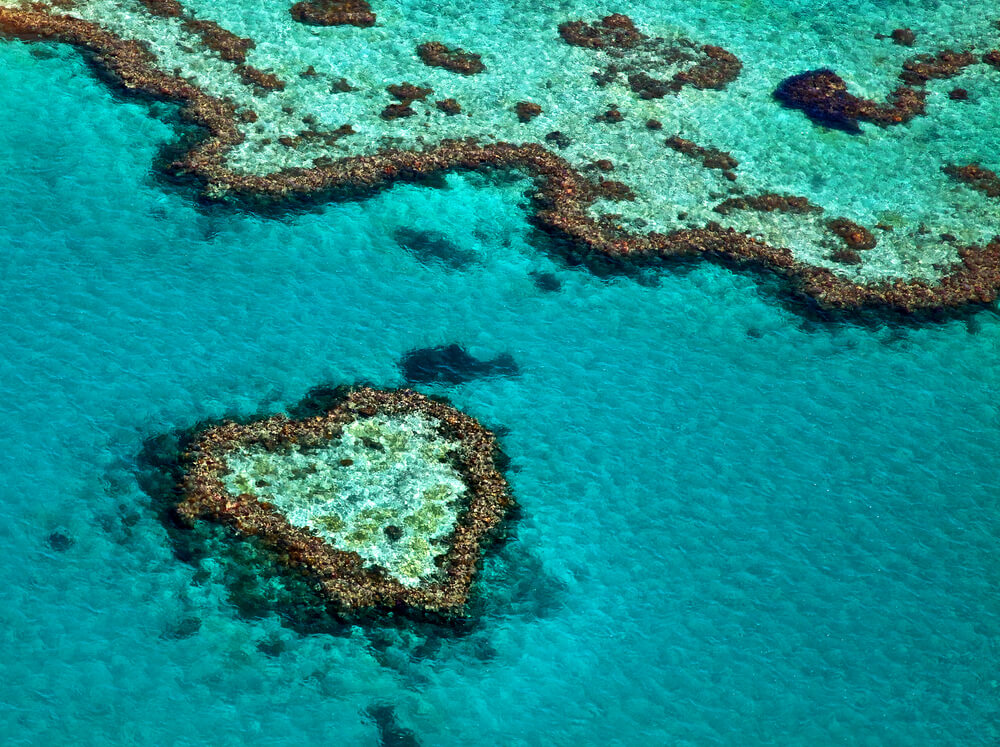
Covering an area of approximately 348,000 square kilometres, the Great Barrier Reef is the world’s largest coral reef. The documented discovery of the Reef occurred in 1770, when Captain James Cook’s ship run aground in north eastern Australia, on the Reef, however, it is believed that the first human contact with the Reef could have occurred up to 40,000 years ago, when Aboriginal and Torres Strait Islander people inhabited the area.
Made up of billions of tiny organisms, known as coral polyps, the reef is an eclectic mix of marine wildlife and coral. The life the Reef supports is immense and diverse, and for this reason, it was selected as a World Heritage Site in 1981.
Why do we need the Great Barrier Reef?
Our world needs coral reef systems in order to survive. They are an irreplaceable and complex ecosystem within the world’s ecosystem. Some reasons why we need to ensure the Great Barrier Reef’s survival include:
1. Home for many marine animals and species
The array of life that calls the Reef home is diverse and truly astonishing and some of these species can only be found in this part of the world. Some of the animals and living species that are native to the Great Barrier Reef include:
- Hard corals – approximately 360 species
- Sponges – 5,000 species
- Echinoderms – 600 species, including starfish, sea stars and sea cucumbers
- Mollusks – at least 5,000 different species, though it is believed that there could be up to 10,000
- Fish – more than 1,500 different species
- Sea Turtles – 7 species
- Sea Snakes – 15 different sea snake species
- Dolphins and whales – approximately 30 different species
- Jellyfish – more than 100 different species
And these are just the ones living in the water! It’s estimated that over 200 different species of birds visit or inhabit the islands of the Reef each day.
If we lost the Reef, there is a real danger of losing many of these species as they need the Reef to survive.
2. Protects coastlines
Not only does the Reef protect and provide a home for the species that live within it, but it can also help protect our homes and coastline infrastructure. When heavy storms occur, they can cause the water to develop huge waves that can easily damage properties, homes, and coastlines. However, a coral reef can act as a buffer in the water and actually help to break these waves before they reach the shoreline. Tropical storms and extreme weather events can cause catastrophic damage such as flooding and erosion, which can impact people’s homes, livelihoods and even endanger their lives.
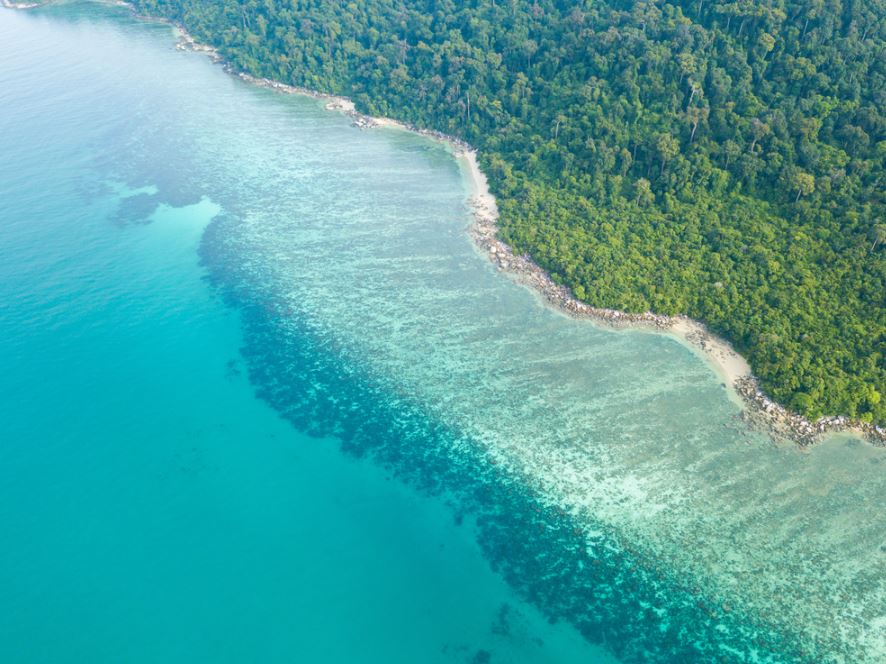
3. Provides an ecological balance
You can already see how important the reef is but wait until we hit you with this one. The Great Barrier Reef, well, coral reefs in general, are essentially huge filters that help to slow the effects of climate change. How? In a couple of different ways.
Firstly, the corals and sponges that make up the reef are actually filter feeders. What this means, is that they consume particles and impurities in the ocean and leave behind clearer and healthier water. This makes it easier for animals and coral to survive and thrive.
Coral Reefs, like the GBR also have the ability to absorb and store carbon dioxide, which can slow climate change. The limestone shell of coral is developed due to the way the ocean processes carbon dioxide. The process goes like this – the algae that live on the coral absorb carbon dioxide, which they use for photosynthesis. The coral polyps then feed on these algae, and they deposit the carbon in the form of the limestone shell of corals.
In addition to the corals’ ability to process carbon dioxide, a recent study has also found that some of the Great Barrier Reef’s seagrasses have a surprisingly high ability to absorb harmful carbon dioxide from the atmosphere, which is great news when it comes to slowing climate change.
4. Supports the Australian economy
The Great Barrier Reef contributes significantly to the Australian Economy each and every day. In fact, it contributes billions of dollars (between 5-6 billion) to the economy each year and supports the employment of thousands of people.
A large contributing industry is tourism. The Reef hosts over two million visitors each year. This creates employment opportunities, with approximately 39,000 jobs existing because of the Great Barrier Reef.
But it’s not only tourism that helps generate jobs and economic contributions. Industries such as fishing, scientific and medical research and recreational activities all play their part in the economical success of the Great Barrier Reef.
5. Scientific and Medical Research
Coral Reefs have played a significant role in the development of new medicines and treatments. Sometimes referred to as the medicine chests of the sea, corals have helped to develop medicines to treat all sorts of serious illnesses, including asthma, heart disease, arthritis and more. As corals are stationary animals, they have had to evolve to protect themselves from predators. Some of the ways in which they have evolved includes chemical defences. These chemical compounds and the potential medicinal properties of them, are isolated and studied by scientists in the attempt to develop treatments for many diseases and illnesses.
Scientists are not only interested in potential medical breakthroughs of coral though. As the reef is suspected to be millions of years old, scientists study its formations to track weather and climate events of the past. The limestone structure of the corals is like a recordkeeper and plays an important role in understanding and possibly predicting weather trends and global warming.
What are the dangers facing the reef?
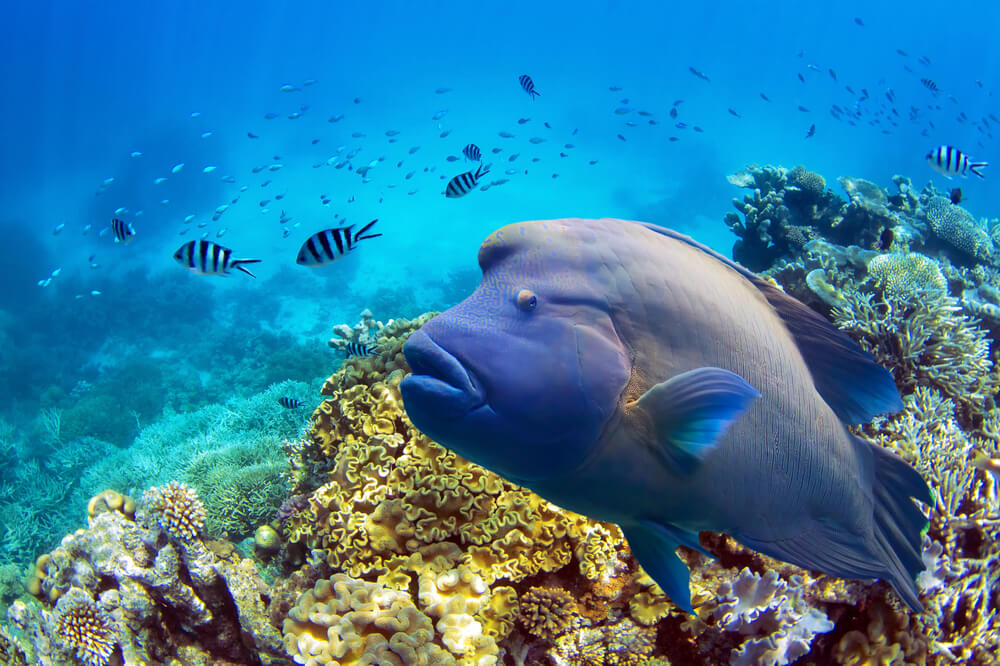
Now that we understand just how important the Reef is let’s learn about some of the threats it faces each day.
Climate change
Climate change is the biggest threat to the survival of the Reef. Human induced global warming has caused dramatic changes to the conditions of the waters the Reef inhabits which has made it harder for the reef to protect itself.
Rising sea temperatures and changes to the acidity levels of the sea are the two biggest climate change related issues for the Reef. Rising sea temperatures can lead to coral bleaching which can have devastating consequences for the Reef. The rise in sea temperature causes coral bleaching as the corals become stressed and expel their source of nutrients, thus making them vulnerable. This source of nutrients is called a zooxanthella, which is a tiny symbiotic plant algae. It provides almost all of the food that the coral needs to survive and grow. These algae are also what gives coral its colour, so when it’s gone the coral goes white, which is white this is called coral bleaching. When coral bleaching occurs, coral can survive, they are just significantly more vulnerable.
The long-term health of the Reef has also been put under more pressure from the increase in carbon dioxide the ocean absorbs. This increase has led to a change in the pH levels of the ocean which reduces the amount of carbonate in the water. Carbonate is an important element that helps marine organisms to develop, grown and survive. One of the major causes of rising carbon dioxide levels is the burning of fossil fuels like coal, oil, and gas.
Pollution
Another threat endangering the Great Barrier Reef, and coral reefs all over the world, is pollution. Pollution can come from a variety of sources and can impact the development and long-term survival of the marine life that depends on the delicate ecosystem of the Reef.
Three of the most common types of pollution affecting the reef are:
- Chemical Pollution
Fertilisers, pesticides, and herbicides have been found in the waters of the Coral Sea and can have very damaging effects, including smothering coral and seagrass beds and killing off food sources for the animals that inhabit the waters of the Reef. Chemical pollution usually occurs when an excess of these washes into rivers and waterways. These waterways often run off into the ocean.
- Sediment Pollution
When land is overgrazed, it can erode, which can cause soil to wash into rivers and waterways that lead out to coastal areas. This sediment can impact the amount of essential sunlight that is available to the seagrasses and coral, which like the chemical pollution, can smother them and inhibit the coral growth and survival.
- Plastic Pollution
You’re probably the most aware of this type of pollution. Waste caused by single use plastic products are a huge concern to the survival of many marine species. In fact, it is estimated that 15.7 billion plastic items will cover coral reefs in the Asia-Pacific region before 2025. Debris in the ocean can be eaten by animals, it can entrap them, and it can also smother them by blocking sunlight.
Crown-of-Thorns Starfish
Crown-of-thorn starfish are natural inhabitants of coral reefs. While they feed on coral, they do play an important role in the diversity of the coral species of a reef. They do this by eating faster growing corals which allows the slower growing species to catch up. However, sometimes outbreaks of COTS can occur, and they can actually destroy large sections of a coral reefs. Outbreaks can occur for a variety of reasons, including excess nutrients that may be caused by chemical pollution in the ocean, and the removal of their natural predators, who usually help to keep the number of COTS at a healthy level.
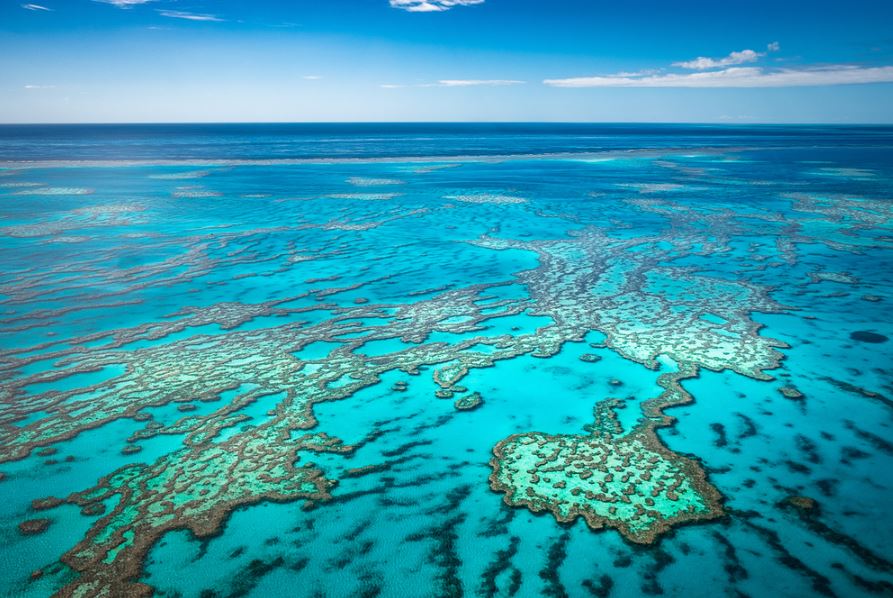
What you can do to help the Reef
If you’re interested in helping the long-term survival of not only the Great Barrier Reef, but there’s also lots of different ways you can help.
1. Visit the Reef
Taking the time to visit the Reef can have a very positive impact on its survival. Tours and visits to the Reef are managed very well, and all visitors pay an Environmental Management Charge, which contributes to the management and conservation of the Reef through a variety of programs.
If you’re thinking about visiting the Reef, why not stay on Fitzroy Island? Literally immersed in the waters of the Coral Sea, you can stay on a tropical island where you can explore the coral gardens of the Reef right from the shore. On Fitzroy Island you will also discover some of the incredible initiatives we have taken to live a more sustainable lifestyle to do our part to ensure the long-term survival of the Reef. You can visit the Turtle Rehabilitation Centre, which is a volunteer run organisation that looks after sick and injured sea turtles. And you can learn about the Reef Restoration program and the offshore coral nursery we have on the island. This is where a team of environmentalists help the GBR by growing coral from off cuttings and replant them to the coral gardens of the reef.
2. Sustainable changes at home
You can help the Reef, and the environment everywhere by making some sustainable lifestyle changes at home. Sustainable choices are a lot easier than you realise, and while they may seem simple on your end, their environmental impact is huge. Some of the changes you can make:
- Use a reusable coffee cup – even for your café coffee
- Buy products made from sustainable and biodegradable materials, such as bamboo
- Avoid single use items like straws, cling film, and cutlery
- Use reusable silicone or beeswax food wraps
- Keep reusable shopping bags handy
- Use a compost caddy for food scraps in your kitchen
3. Environmental Clean ups
Many environmental groups host clean up events where you can help reduce the amount loose rubbish and debris that may end up in our waterways and oceans. Even here on Fitzroy Island, we host beach clean-up events!
You could also host your own neighbourhood clean up event and keep your streets clean.
Learn more about the Reef today
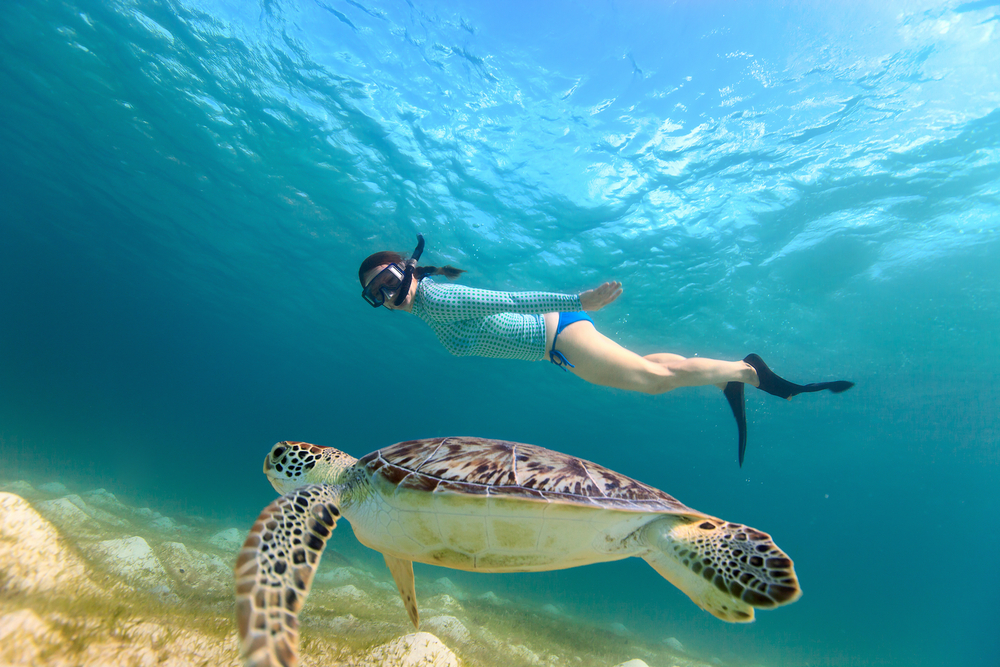
As you can see, the Great Barrier Reef is so much more than an incredibly beautiful holiday destination. It plays a vital role in the world’s ecosystem, so it’s important that we do what we can to ensure its long-term survival.
Here at Fitzroy Island, we focus on living sustainability, and we work hard to incorporate sustainable practices into everything we do so that we can help preserve the reef and the rainforests for future generations. If you want to learn about some of the ways we support the health of the planet and reduce our environmental footprint, click here.


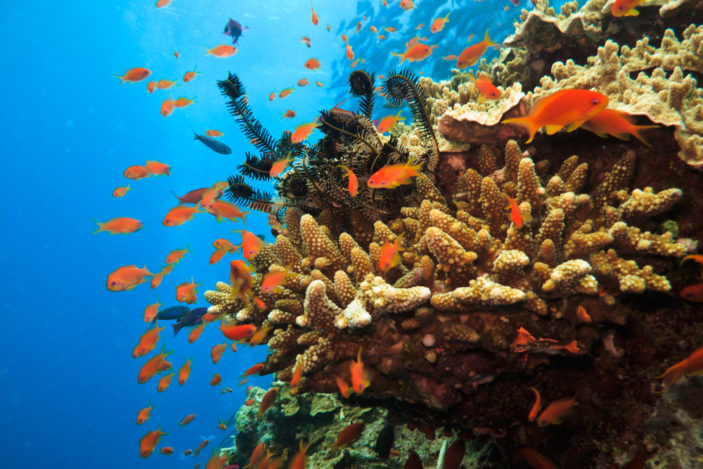



2 comments on “Why the Great Barrier Reef needs to be protected”
Comments are closed.